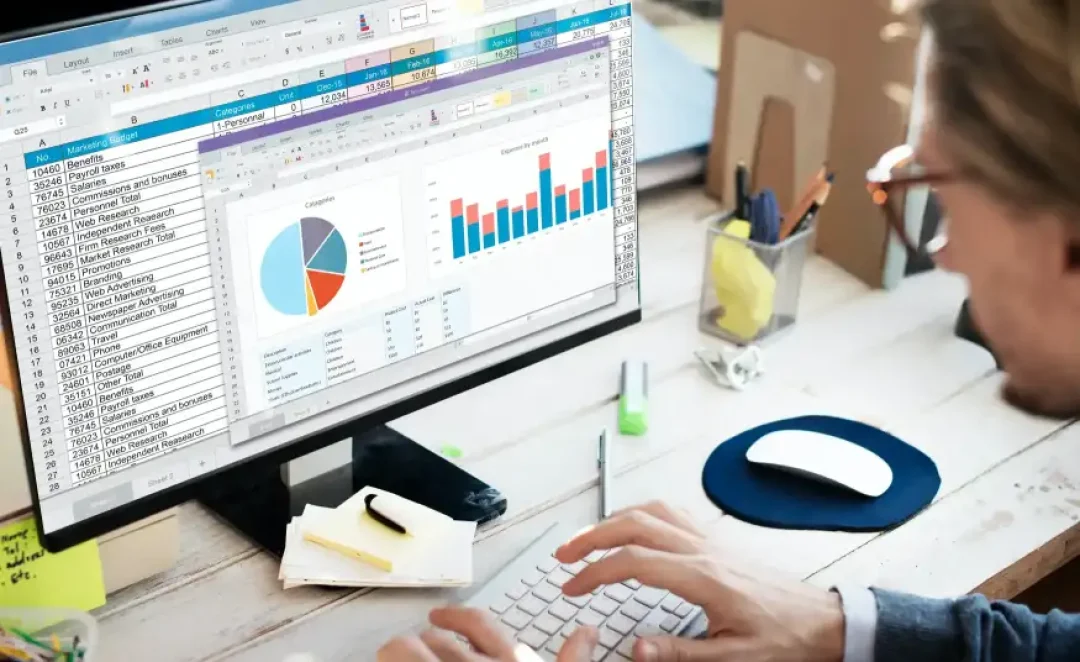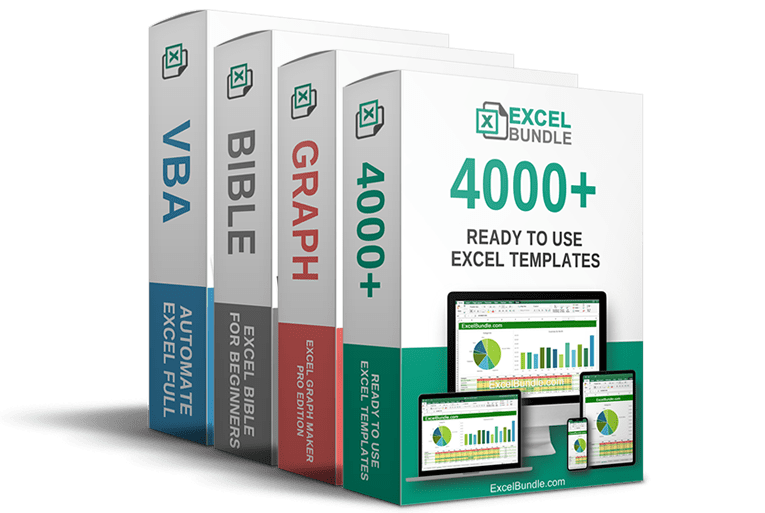50% OFF – Offer valid only today: , ,

Navigating diverse data sources is part and parcel of regular Excel use, whether for business analysis, accounting, or even your personal budget. But have you ever wondered, "Can I make formulas in Excel reference other workbooks?" The answer is a resounding yes! In this article, we're going to show you step by step how to do this - a neat trick that will surely enhance your Excel competence and productivity.
You may ask, why should I learn to create a formula that references another workbook? Simply put, this method reduces the chances of errors that can stem from manually updating data across multiple spreadsheets. Instead of copying and pasting information from one workbook to another, linking the two with a formula ensures that the data is always up-to-date. For those with complexity in their tasks or usage scenarios, ExcelBundle offers ready-made templates, which include these cross-referencing formulas, to save you time and increase your productivity.
Let's dive right into the process. Suppose you have two workbooks - Workbook1 and Workbook2. Your goal is to use a value from Workbook2 in a formula in Workbook1. Follow the steps below to achieve this:
1. Open both Workbook1 and Workbook2.
2. Select the cell where you want to add the formula in Workbook1.
3. Type the equals "=" symbol to start creating your formula.
4. Now, navigate to Workbook2.
5. Click on the cell containing the value you want to reference. As you do this, Excel will automatically create a reference to this cell in your formula.
6. Press 'Enter'. Your formula should look something like this: ='[Workbook2.xlsx]Sheet1'!A1
Keep the following points in mind while creating formulas that reference another workbook:
1. It's crucial to ensure both workbooks are open during this process. If the referenced workbook is closed, Excel might show a '#REF!' error.
2. Ensure the workbook names do not include any spaces. If they do, the formula will not work effectively.
3. For formulas referencing multiple cells across different workbooks, utilise the autofill feature by dragging the cell corner down or across to apply the same formula to multiple cells effortlessly.
4. When creating formulas that reference another workbook, always input the worksheet name and an exclamation point before the cell address.
By now, you should be a pro at creating formulas in Excel that reference another workbook. This technique not only streamlines tasks involving multiple workbooks but also minimizes the likelihood of human error. And remember, if it seems overwhelming, ExcelBundle has you covered with ready-made templates. Happy number-crunching!
Excel is without a doubt one of the best tools on the market for working with analytical, graphical, numerical, and mathematical data. However, using it isn’t always easy—especially if you don’t have much experience and need to create reports and spreadsheets from scratch.
That’s exactly why we’ve put together this incredible, all-in-one package of ready-to-use, fully editable Excel spreadsheet templates. With it, you’ll always have a reliable starting point for your projects.
You’ll get over 4,000 ready-made and fully editable Excel templates covering a wide range of topics and industries—so you’ll always have the exact template you need, ready to use whenever you need it.






*Offer valid for a limited time.
You might have missed this opportunity!

